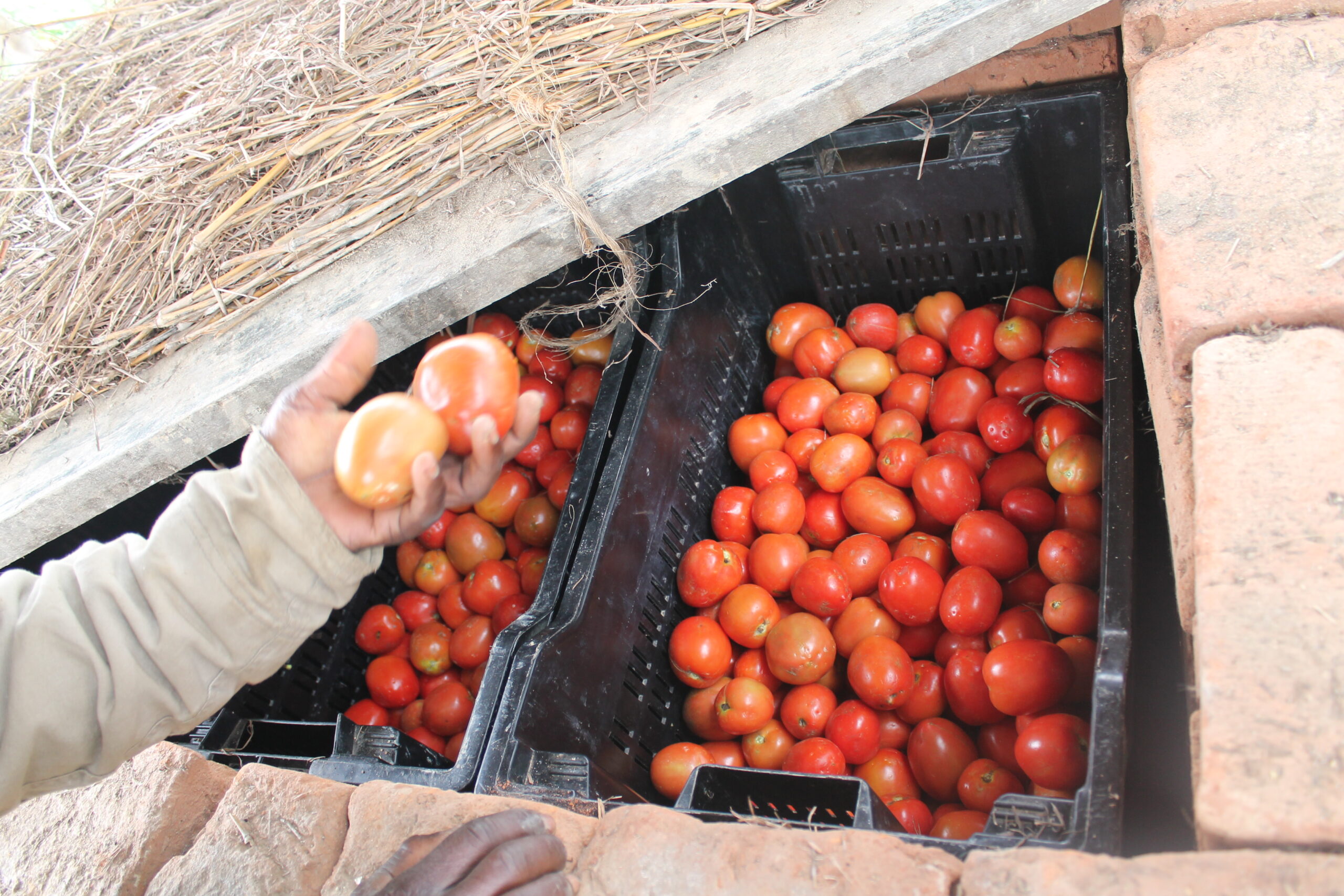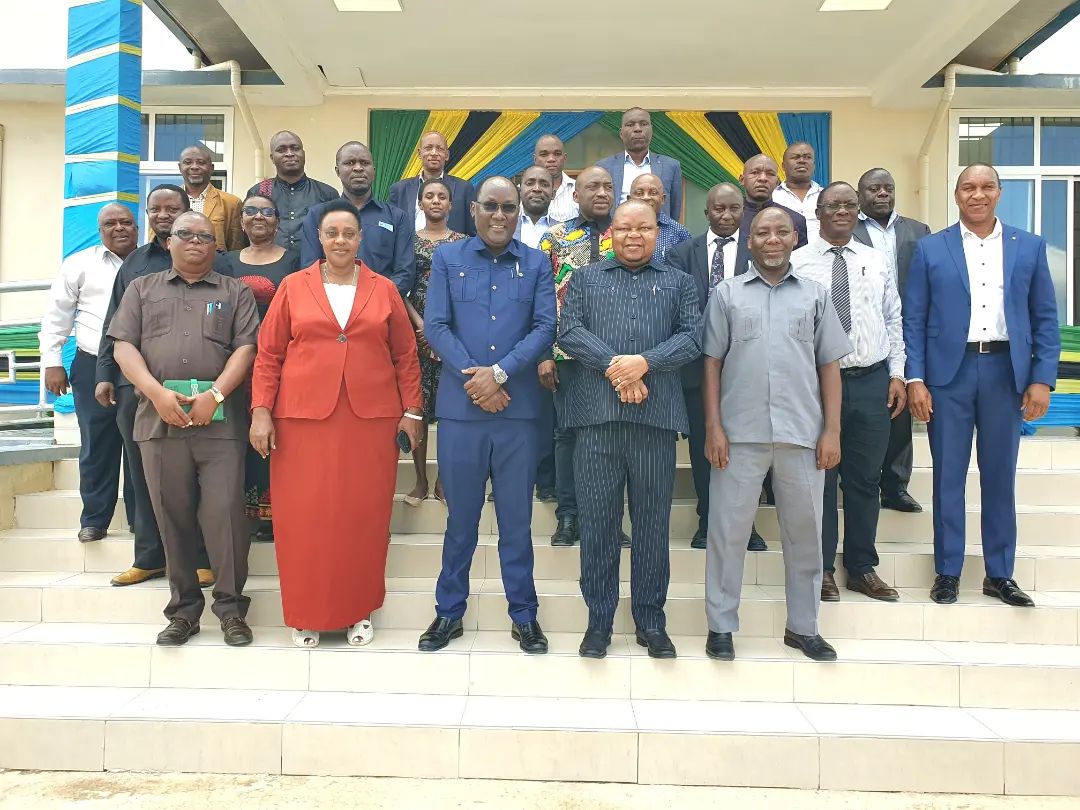TZSoya Part 9. Looking Ahead: The Future of Soya in Tanzania
Introduction
The future of soya (soybean) production in Tanzania holds significant promise. The Tanzania Sustainable Soybean Initiative (TSSI) Baseline Report outlines the current state of soya farming, the challenges and opportunities faced by farmers, and the potential for growth in the sector. This article explores the future prospects of soya production in Tanzania, drawing on insights from the report and highlighting the strategic interventions needed to support the sector’s development.
Farmer Sentiments and Expansion Plans
The TSSI Baseline Report reveals that over 85% of farmers see a bright future for soya production in Tanzania. More than 48% of farmers plan to expand their production areas within the next 2–5 years, with many also aiming to increase their overall production levels. This optimism is fueled by growing demand for soya, driven by rising incomes, urbanization, and nutritional education.
Market Dynamics and Export Potential
The demand for soya and its products is increasing, both domestically and internationally. While most soya produced in Tanzania is consumed domestically, there is significant export potential to neighboring East African countries. The projected demand for soya in Tanzania is estimated at 275,000 metric tonnes per year by 2020, with 78% for the fortified food market, 13% for poultry feed, and the remaining for other uses.
- Domestic Market: The domestic market for soya is robust, with demand coming from both the food and feed sectors. Soya is a crucial ingredient in animal feed, especially for poultry, which has seen substantial growth due to increasing meat consumption.
- Export Potential: Neighboring countries such as Kenya, Uganda, and Rwanda present significant export opportunities. These countries have similar dietary shifts and increasing demand for soya products, creating a lucrative market for Tanzanian soya farmers.
Enhancing Productivity and Yield Potential
Current productivity of soya in Tanzania averages 0.721 tonnes per hectare, consistent with the national average. However, there is potential to triple productivity to match global standards, where average yields are 2.814 tonnes per hectare. To achieve this, several strategies can be implemented:
- Improving Seed Quality and Availability:
- Facilitate the distribution of certified and high-quality soya seeds through robust seed multiplication systems.
- Promote research and development of drought-tolerant and pest-resistant soya varieties.
- Promoting Climate-Smart Agricultural Practices:
- Implement climate-smart agriculture practices such as conservation tillage, crop rotation, and integrated pest management.
- Develop and promote drought-tolerant soya varieties to mitigate the impact of climate variability.
- Enhancing Extension Services:
- Strengthen extension services to provide training on advanced agronomic practices and new technologies.
- Utilize digital tools to provide farmers with real-time information, training, and support.
- Increasing Access to Financial Services:
- Develop tailored financial products for smallholder farmers, such as low-interest loans, microcredit, and crop insurance.
- Promote contract farming to provide farmers with guaranteed markets and access to inputs on credit.
Infrastructure Development and Market Access
Improving infrastructure is crucial for enhancing market access and reducing post-harvest losses. Investments in rural infrastructure, such as roads, storage facilities, and processing plants, can significantly impact the soya sector:
- Rural Infrastructure Development:
- Invest in improving road networks, storage facilities, and processing plants to enhance market access and reduce post-harvest losses.
- Improve transportation networks to facilitate the movement of goods and reduce transportation costs.
- Establishing Rural Financial Institutions:
- Set up rural financial institutions and cooperatives to provide localized financial services tailored to the needs of smallholder farmers.
- Implement financial literacy programs to educate farmers on managing finances, understanding credit, and using financial services effectively.
Policy Recommendations
To support the growth and sustainability of the soya sector, several policy interventions are recommended:
- Enhance Market Transparency:
- Establish market information systems to improve price transparency and farmers’ bargaining power.
- Strengthen the Market Intelligence Unit of the Ministry of Agriculture to include soya.
- Improve Seed Quality and Availability:
- Facilitate the distribution of certified and high-quality soya seeds through robust seed multiplication systems.
- Promote research and development of drought-tolerant and pest-resistant soya varieties.
- Promote Value Addition:
- Invest in processing plants for soya oil and other soy-based products to increase value addition and market opportunities.
- Encourage smallholder farmers to engage in value-added activities.
- Strengthen Extension Services:
- Enhance extension services to provide training on climate-smart agriculture, conservation tillage, crop rotation, and water management.
- Integrate nutrition education into extension services to raise awareness of the nutritional value of soya.
- Increase Access to Financial Services:
- Develop financial products tailored to the needs of smallholder soya farmers.
- Promote contract farming to provide farmers with guaranteed markets and access to inputs on credit.
Conclusion
The future of soya production in Tanzania holds significant promise. By addressing key challenges and leveraging opportunities through targeted policy interventions, Tanzania can enhance soya productivity, improve farmer livelihoods, and meet both domestic and international demand. Strategic investments in market development, seed quality, value addition, extension services, and financial access will be crucial to realizing the full potential of the soya sector.
The insights and recommendations from the TSSI Baseline Report provide a solid foundation for understanding the current state of soya production in Tanzania. Implementing these strategic interventions will transform the soya sector into a vibrant, sustainable, and profitable industry, contributing to national food security and economic growth.
Source:
Tanzania Sustainable Soybean Initiative. (2023). Baseline Report of the Tanzanian Soybean Sub-Sector. Southern Agricultural Growth Corridor of Tanzania (SAGCOT).

